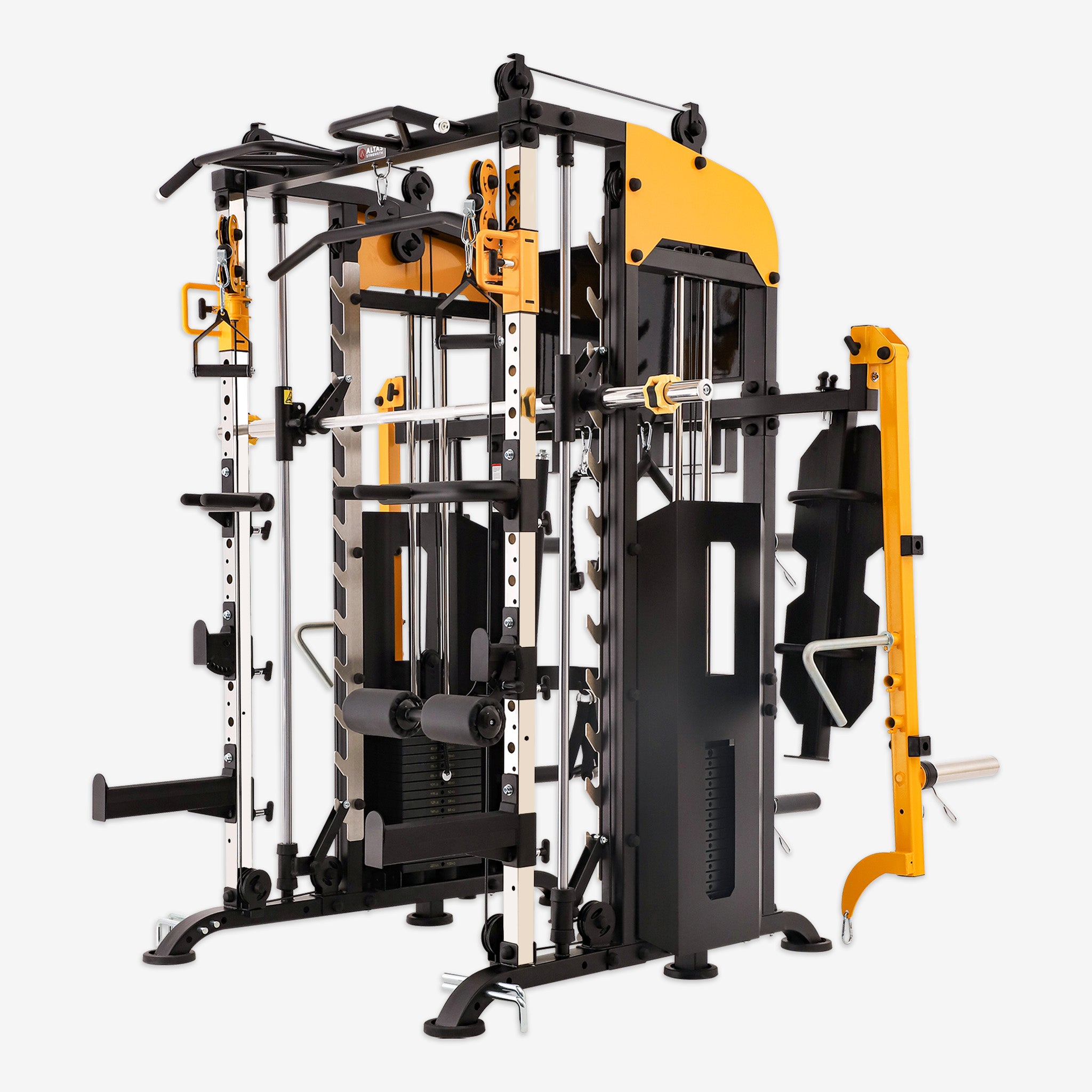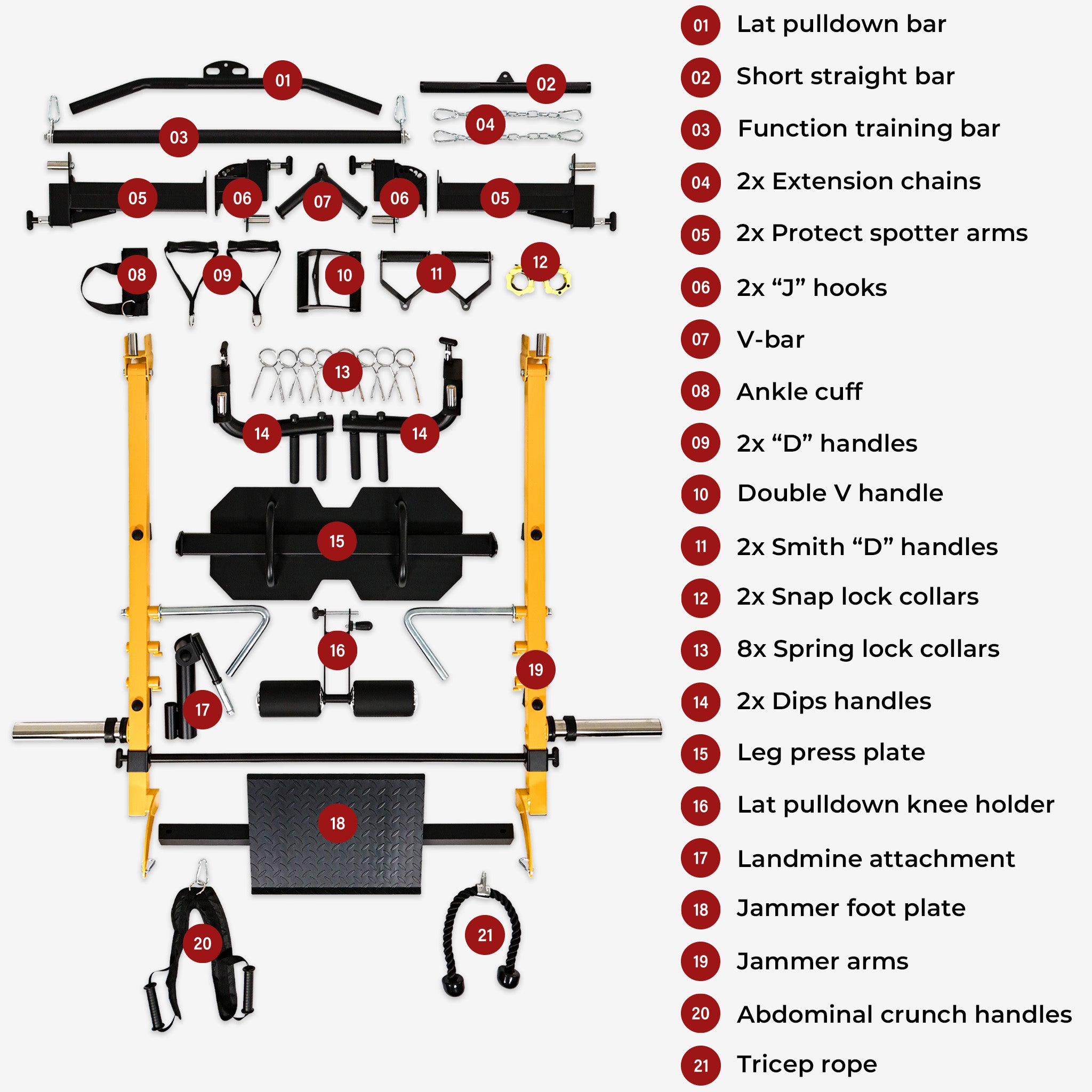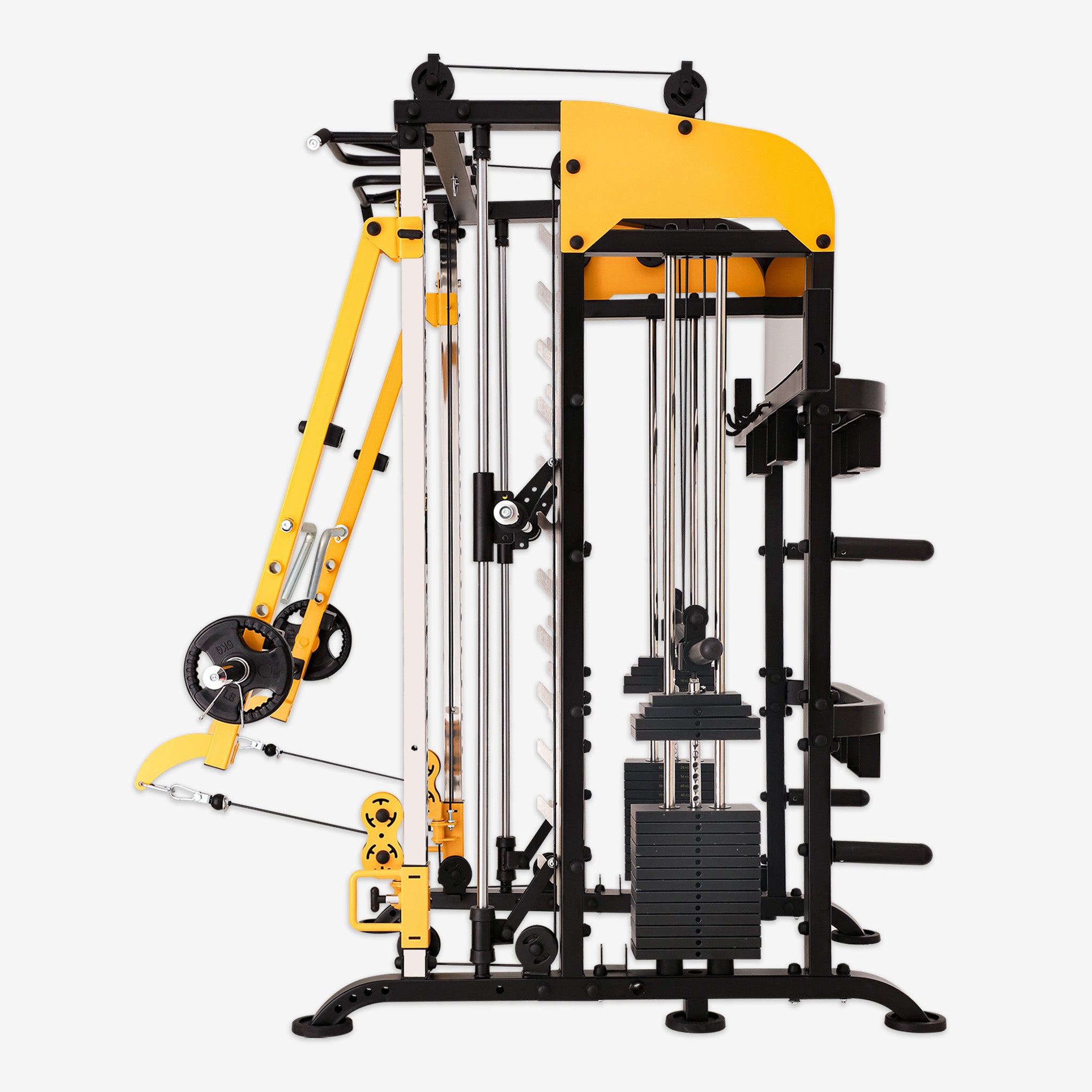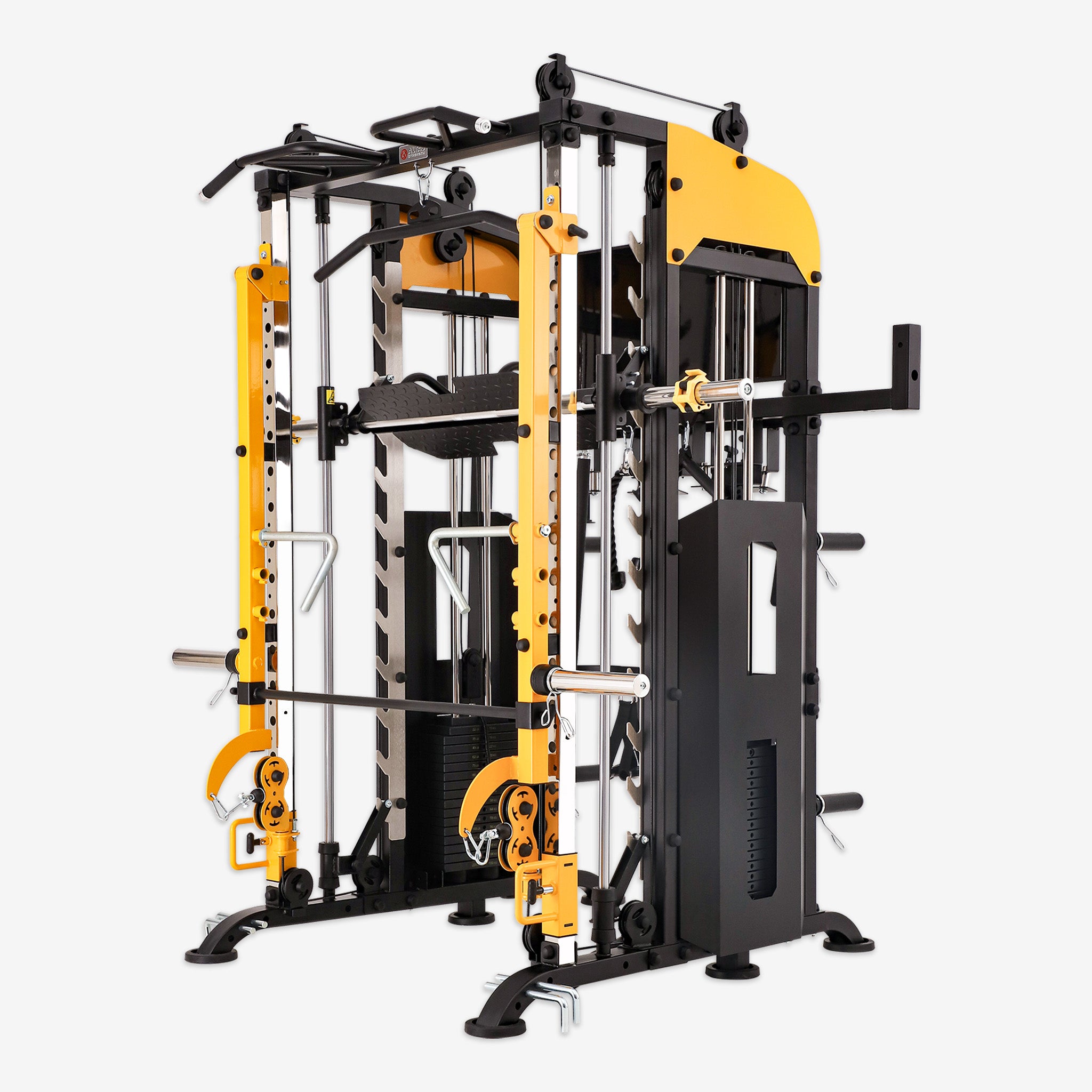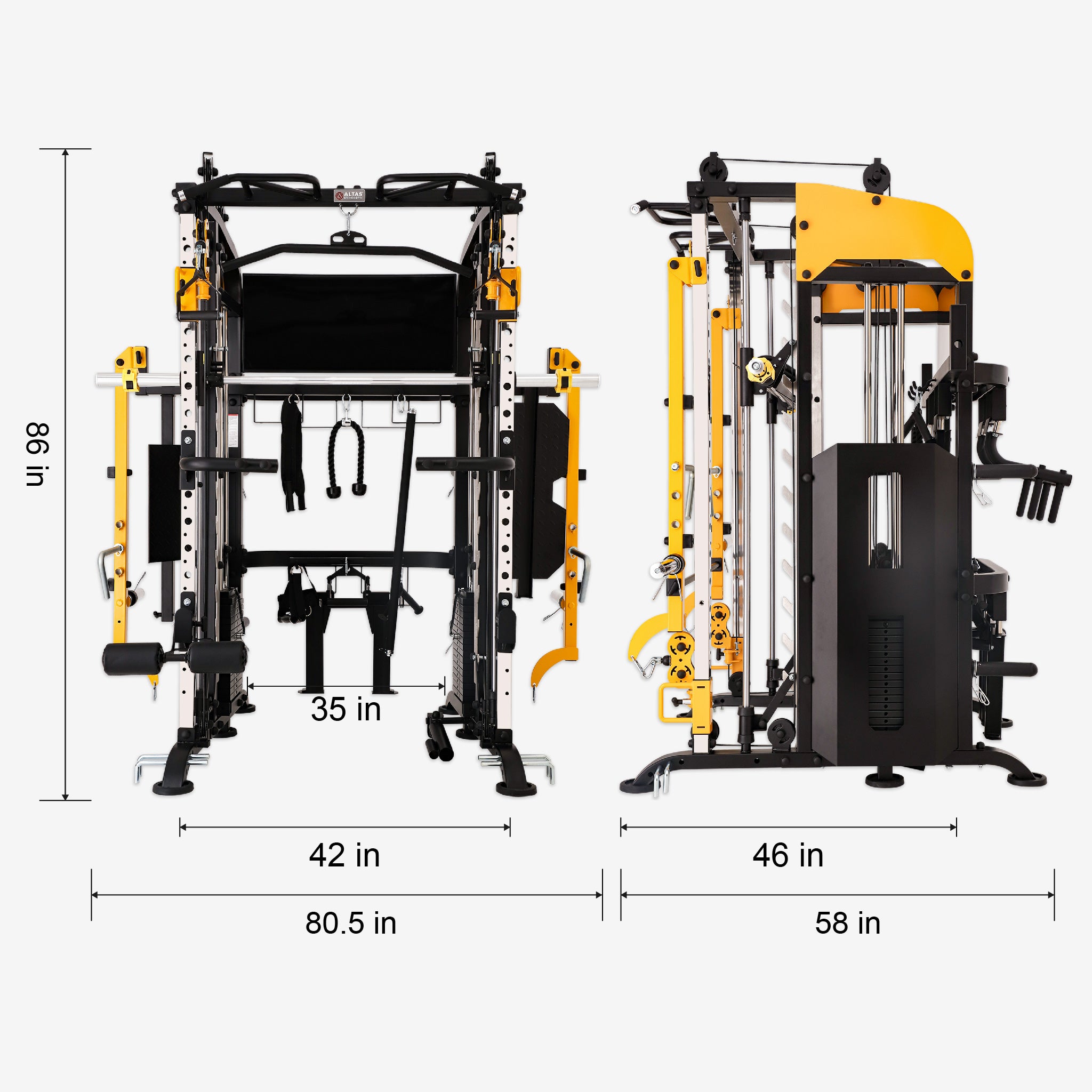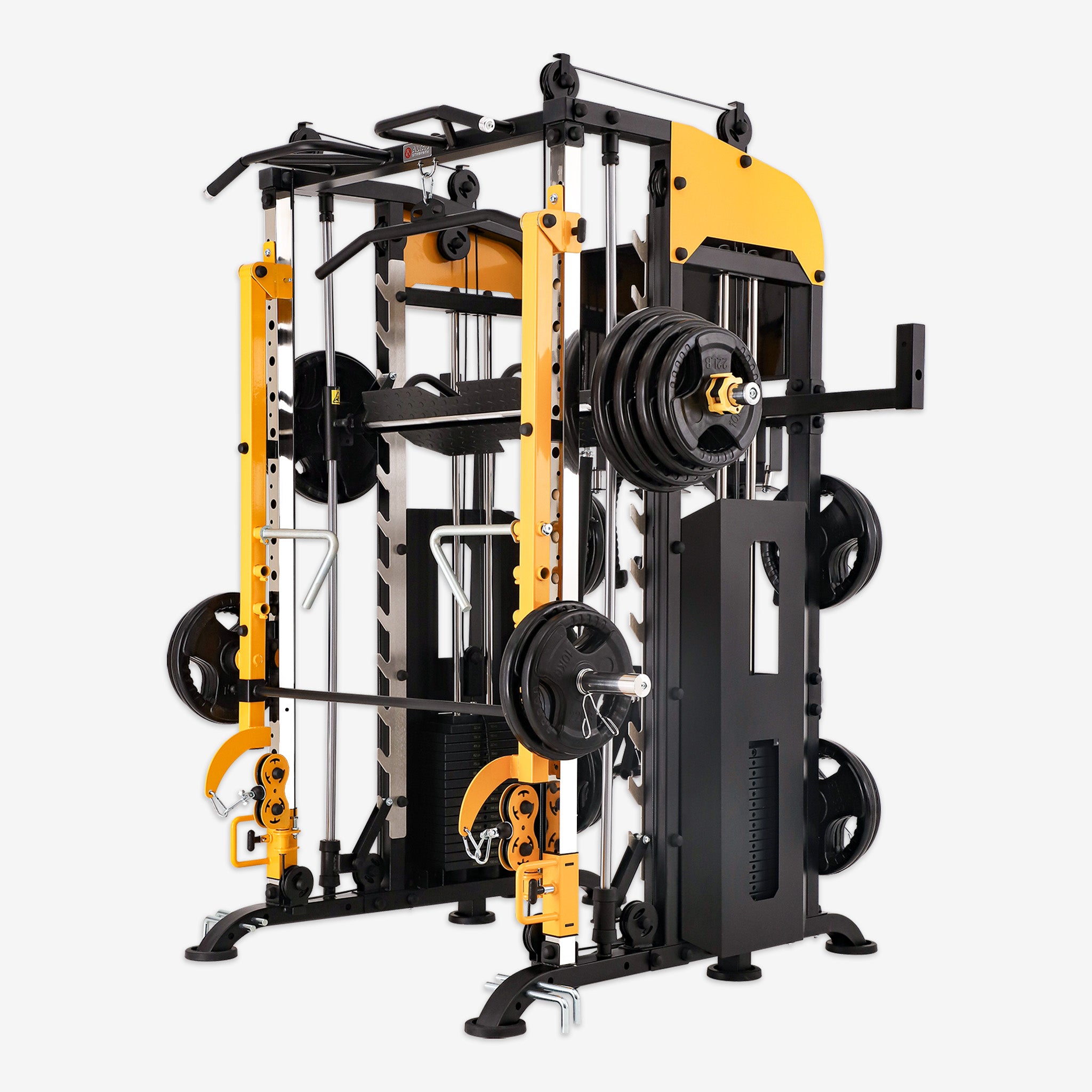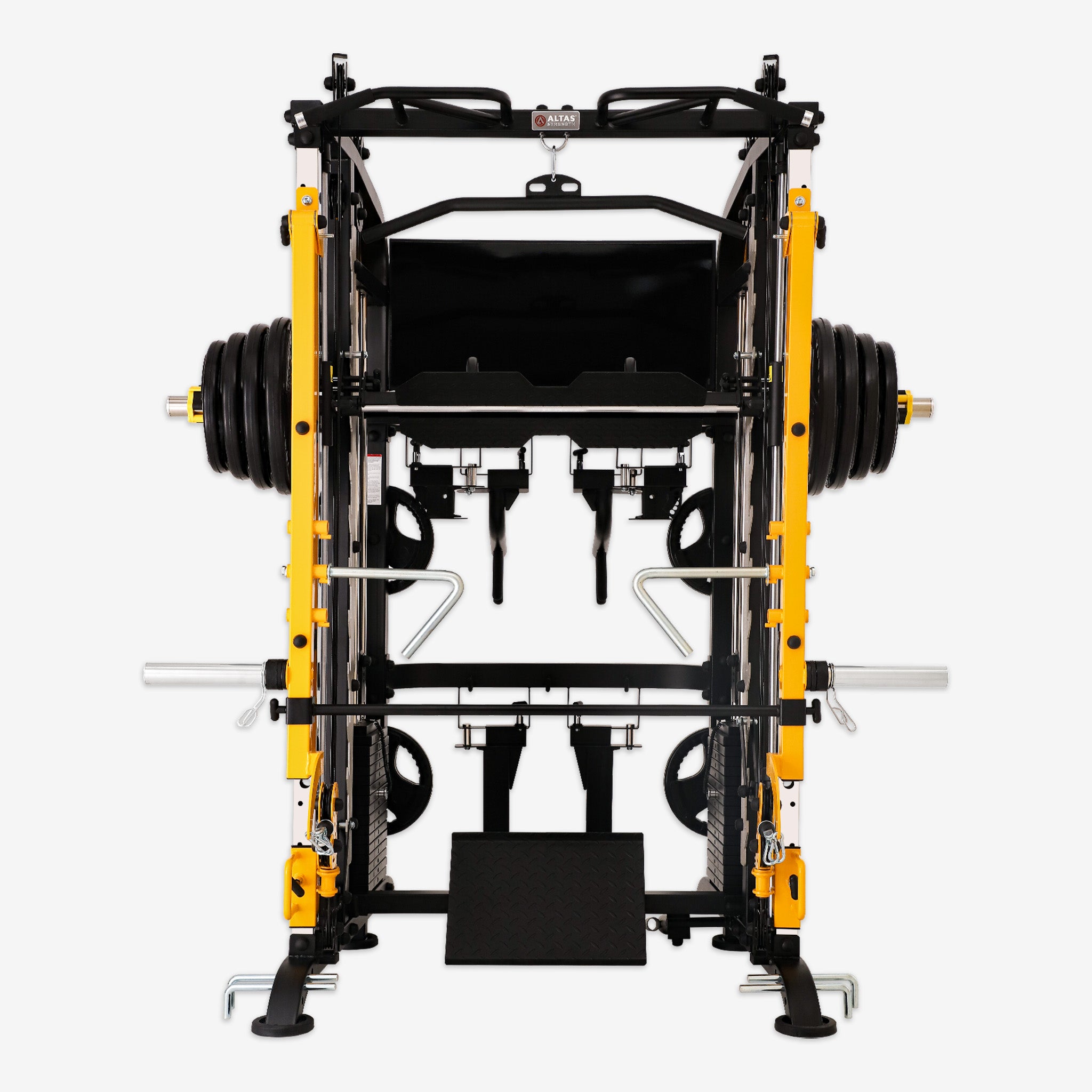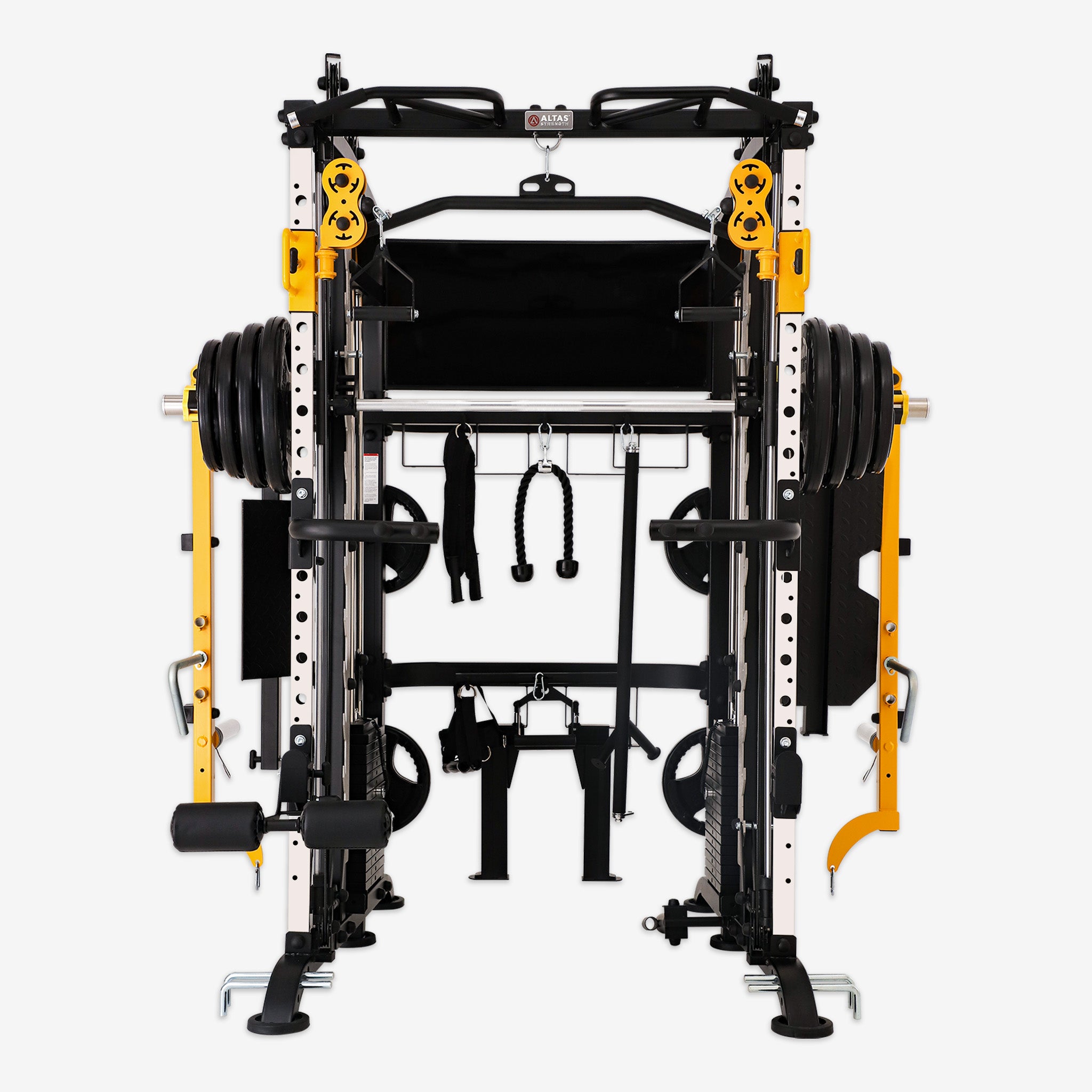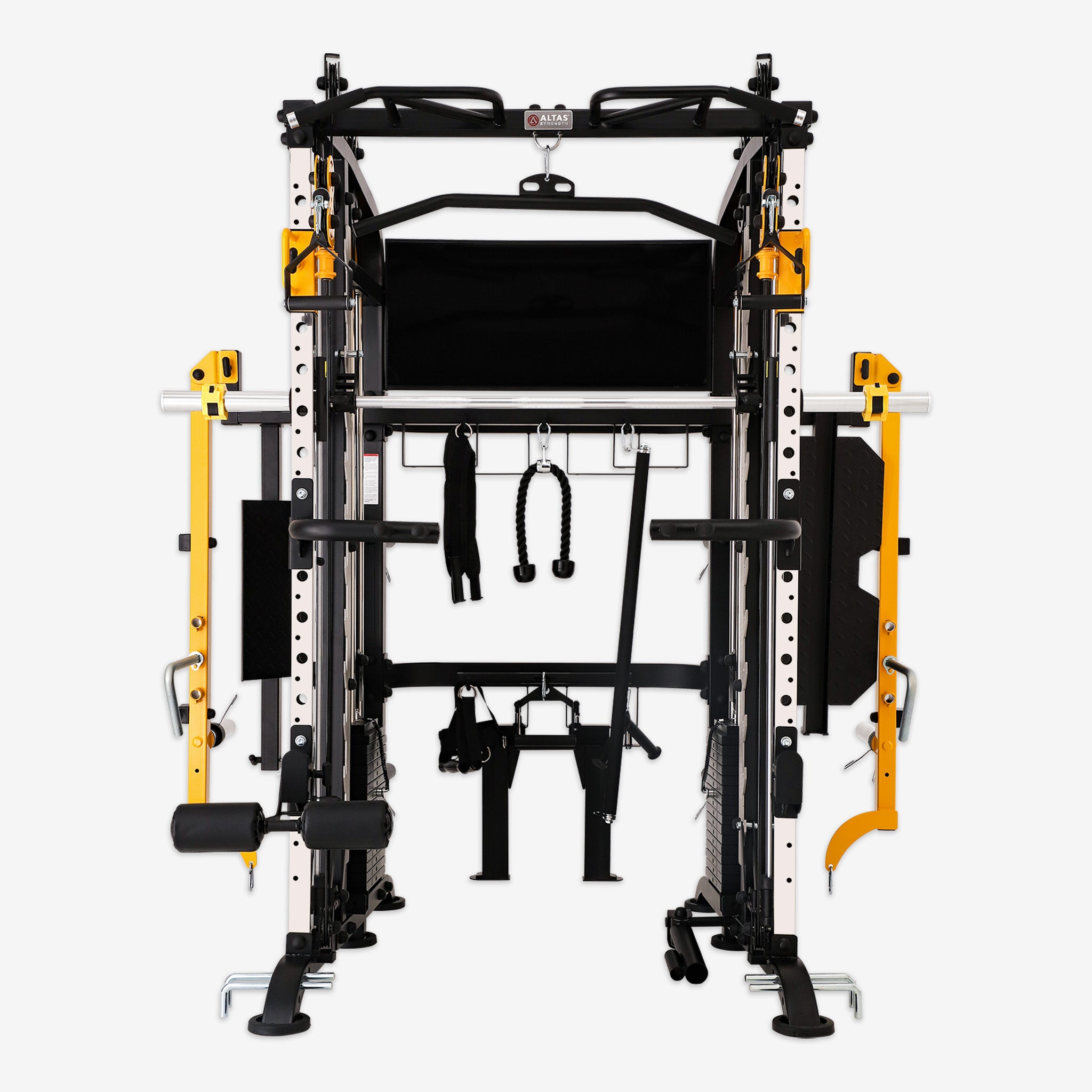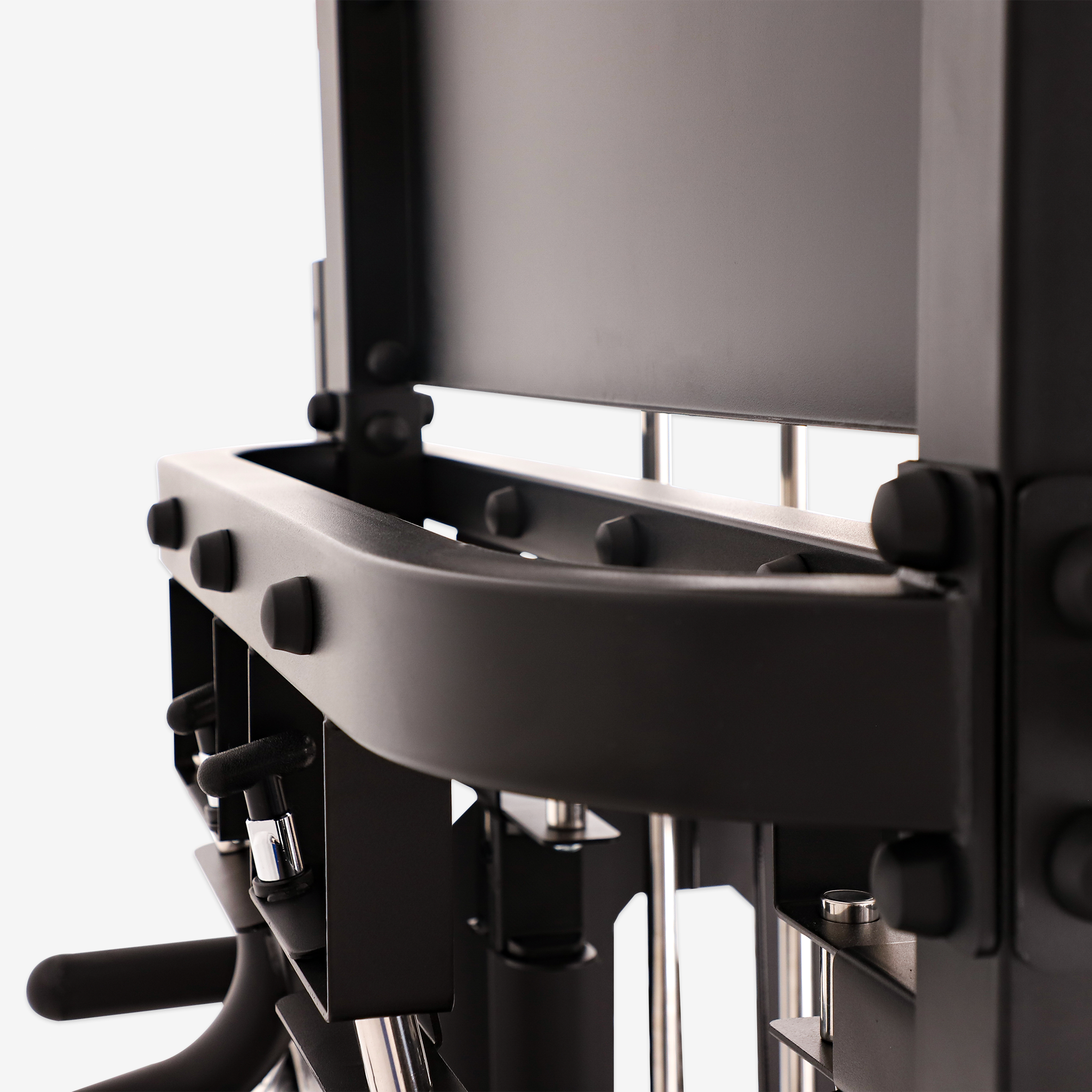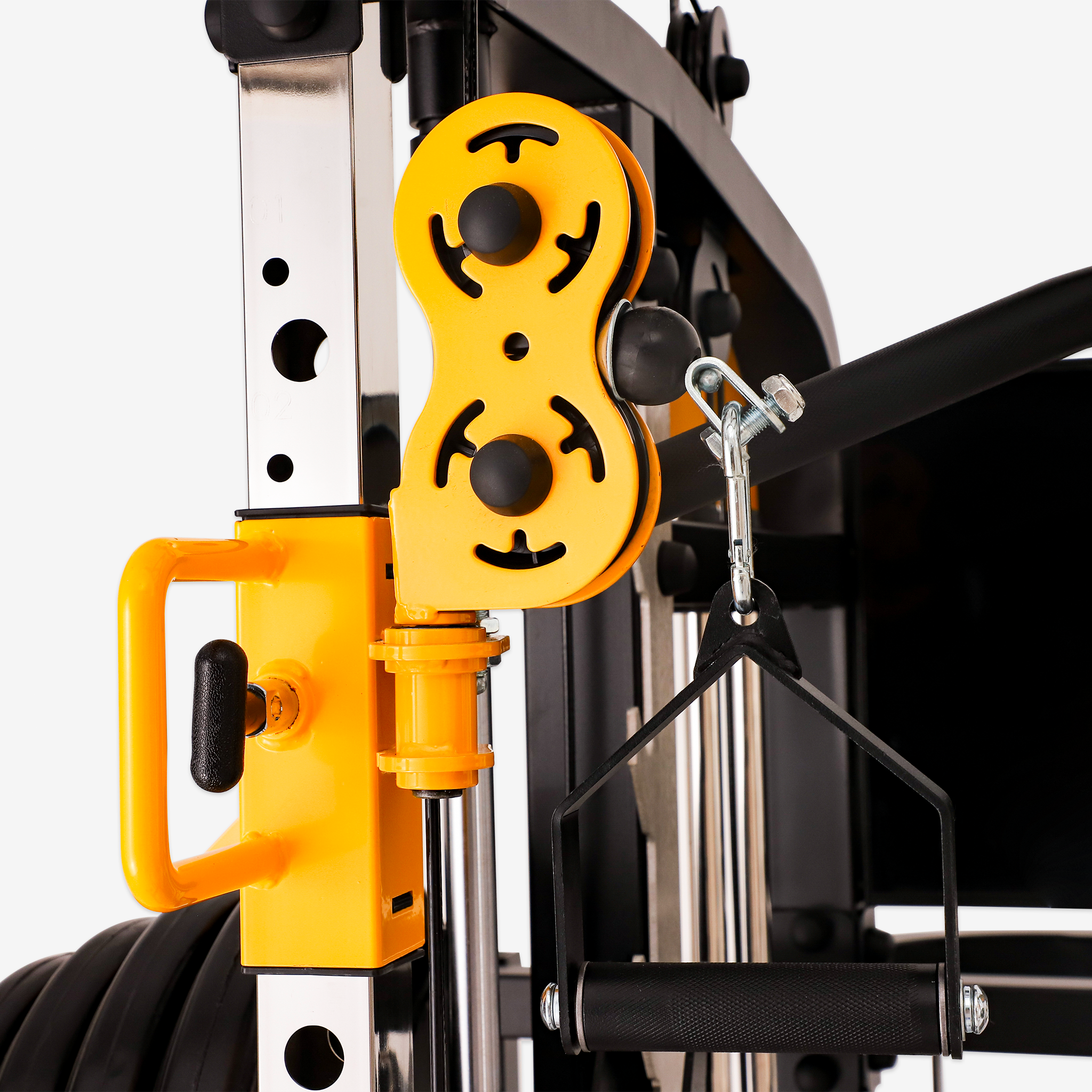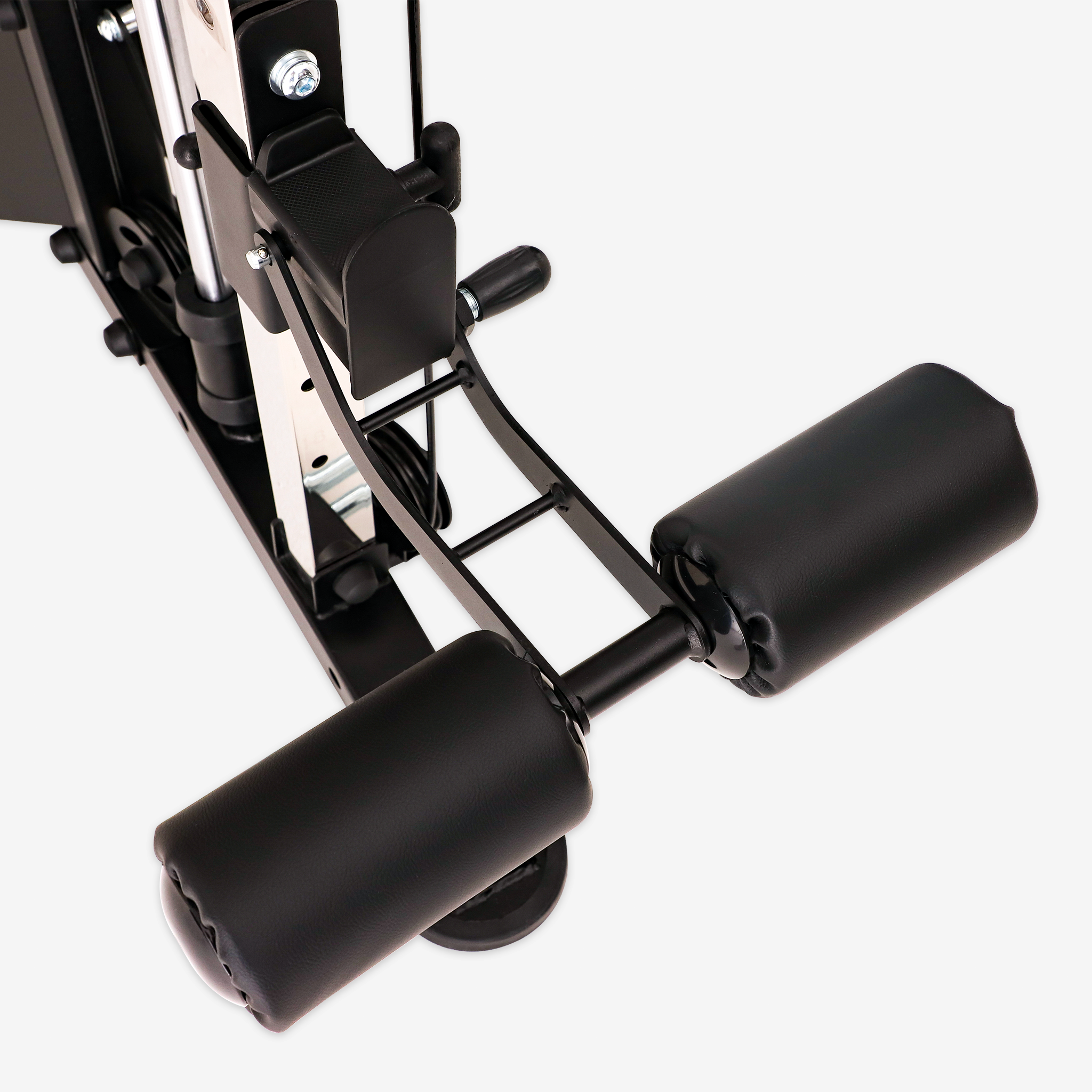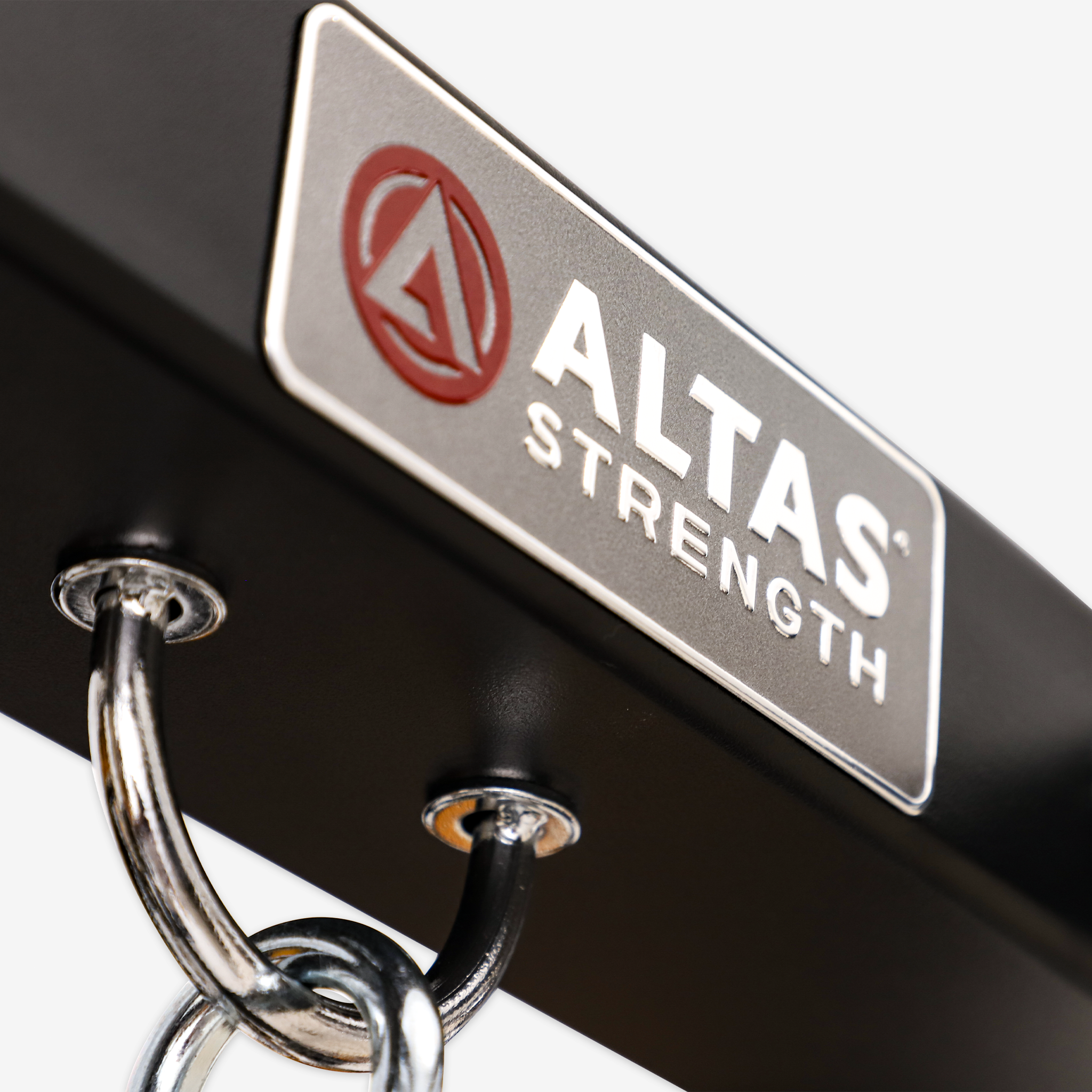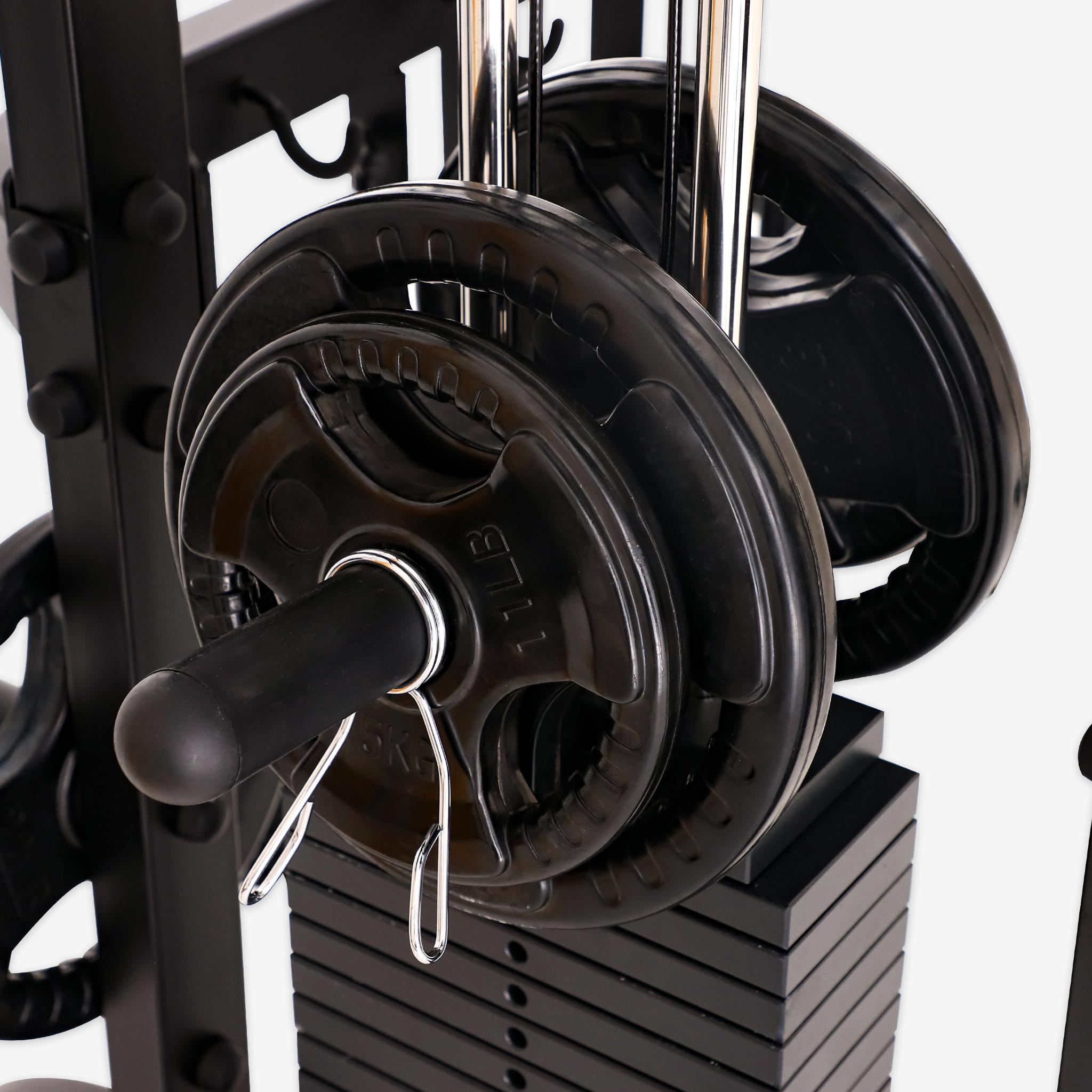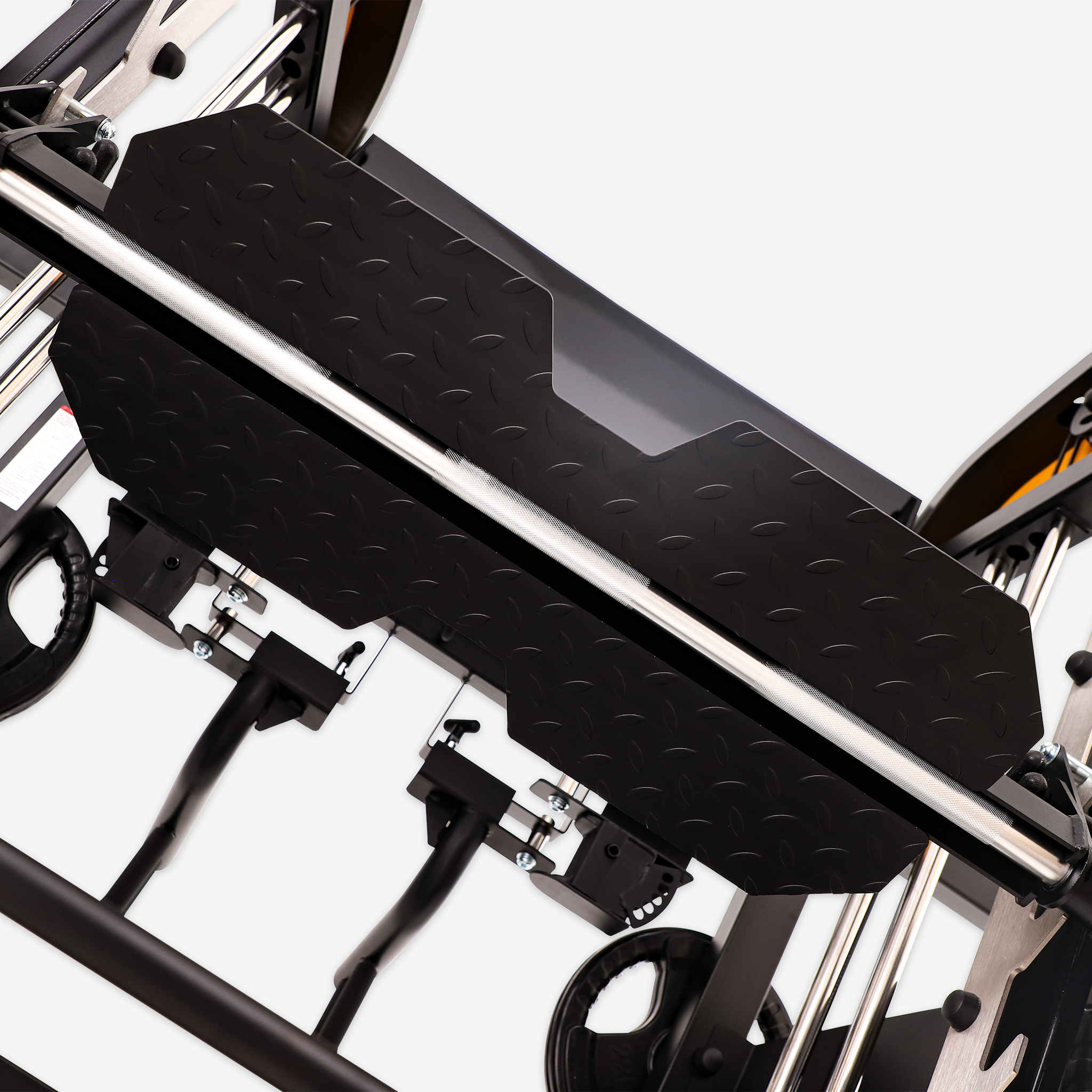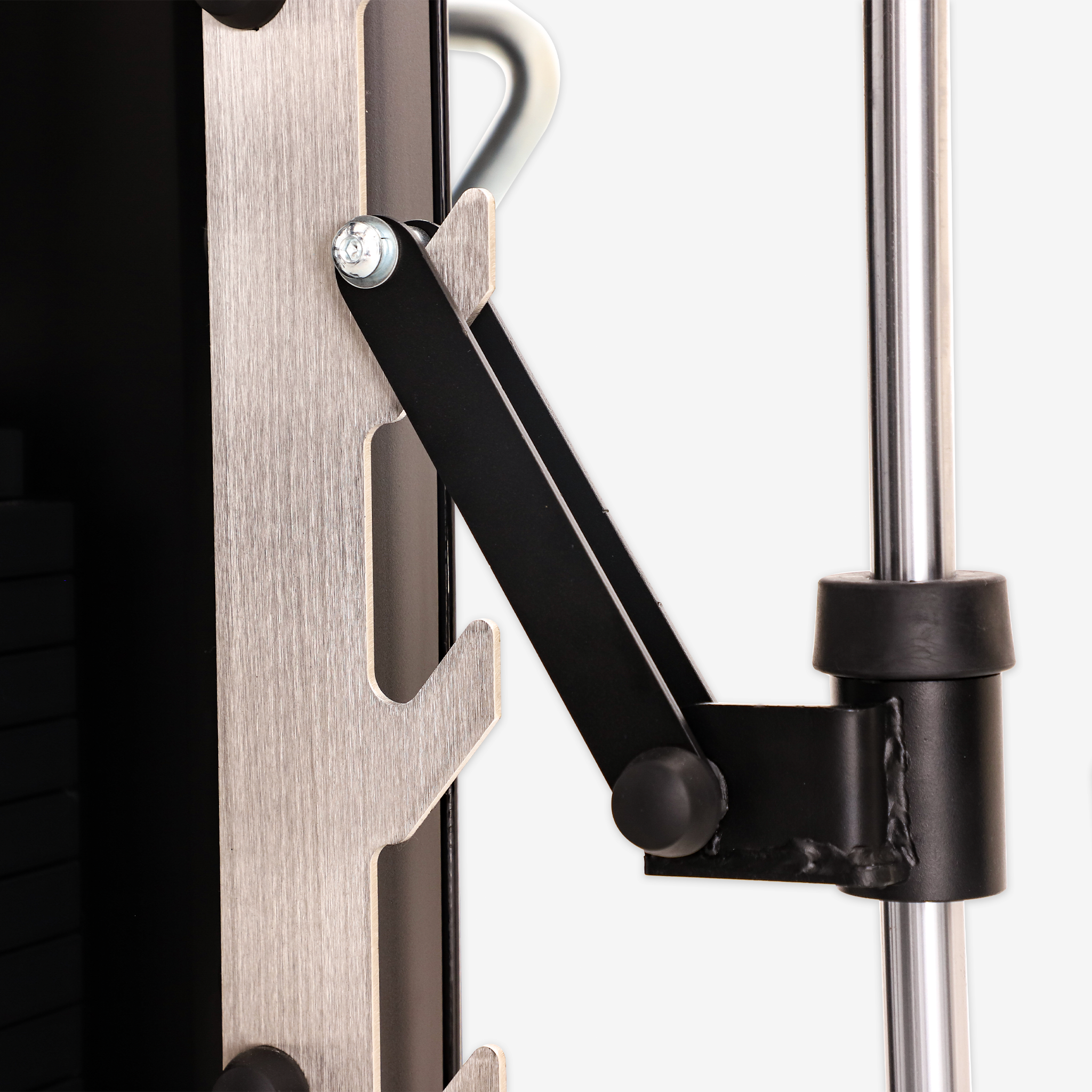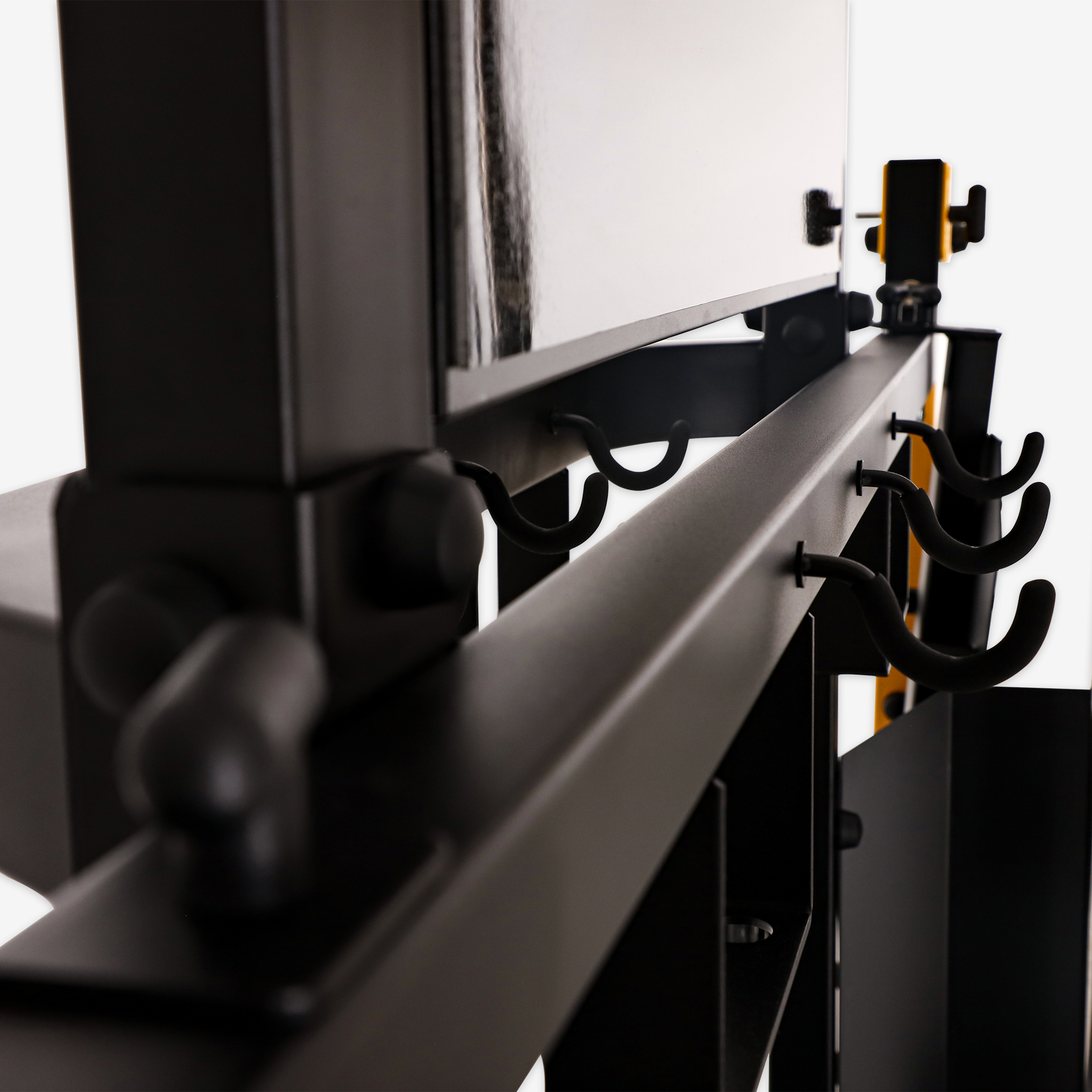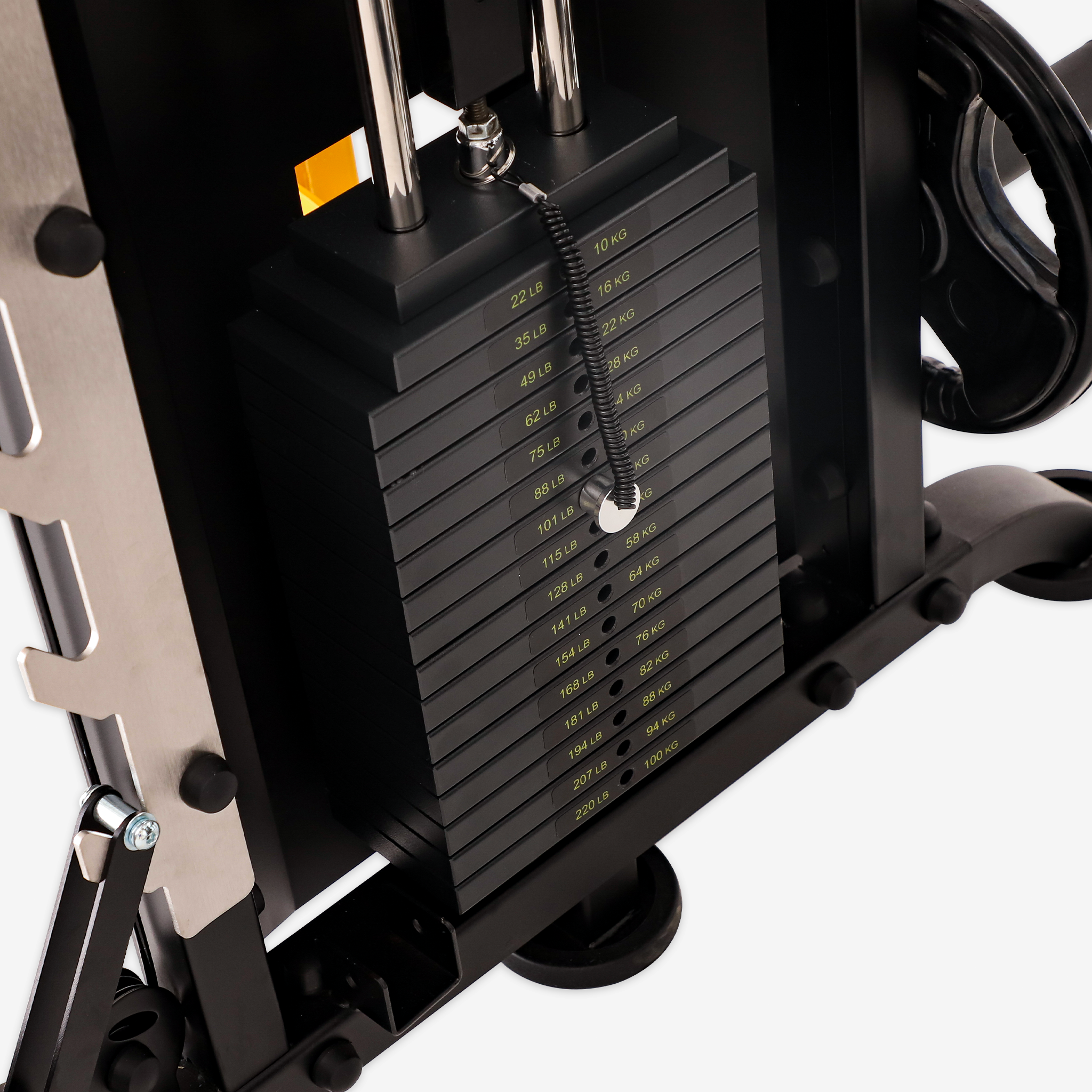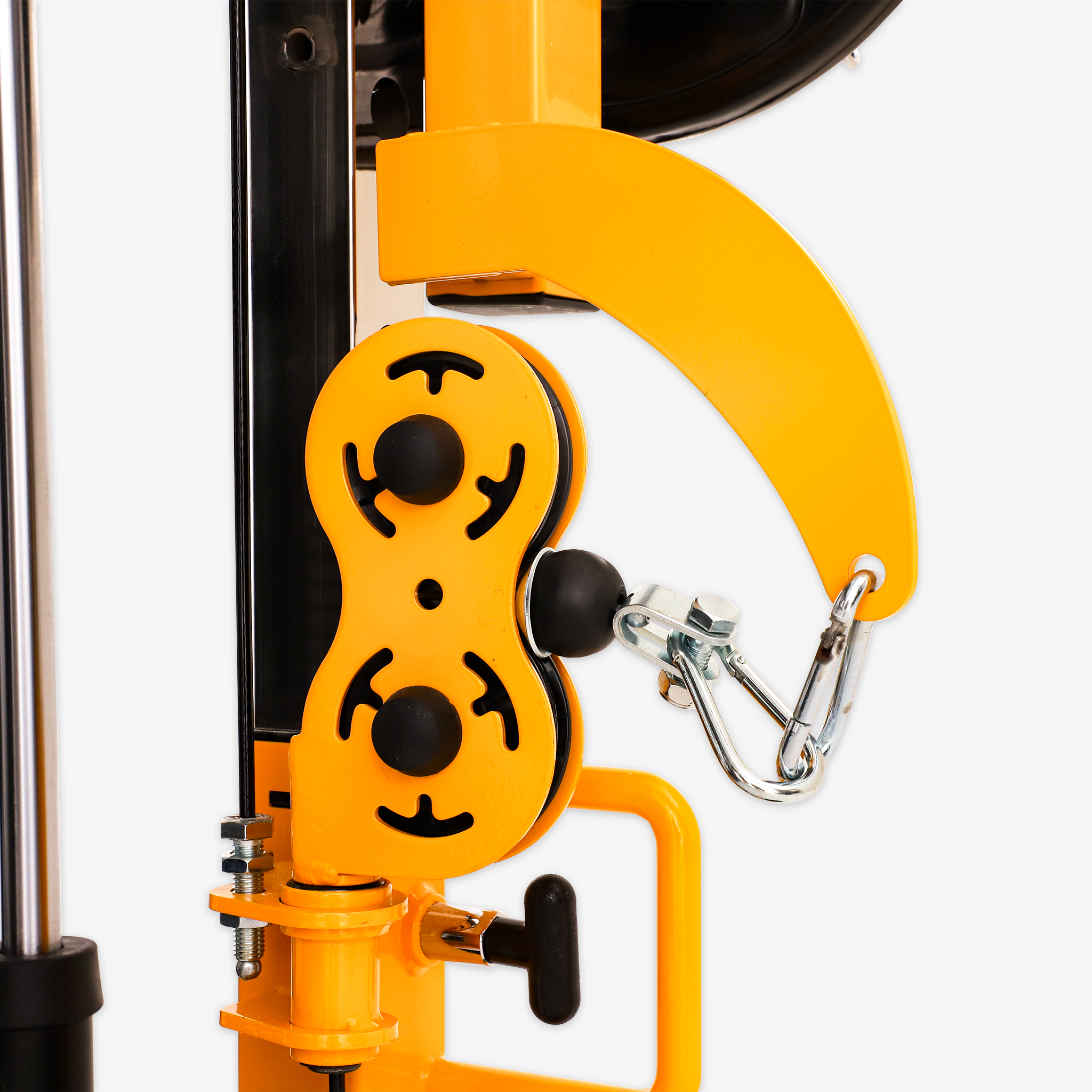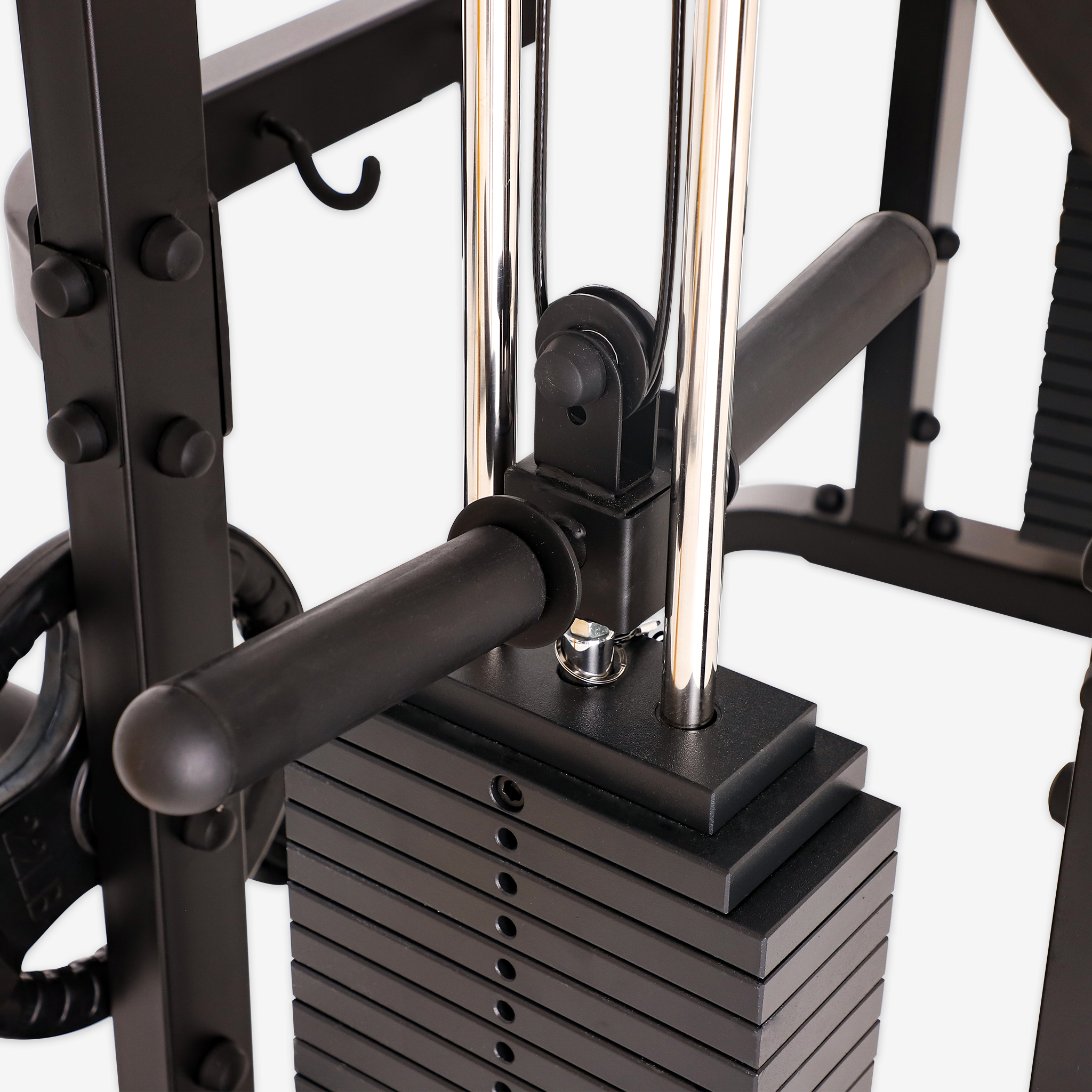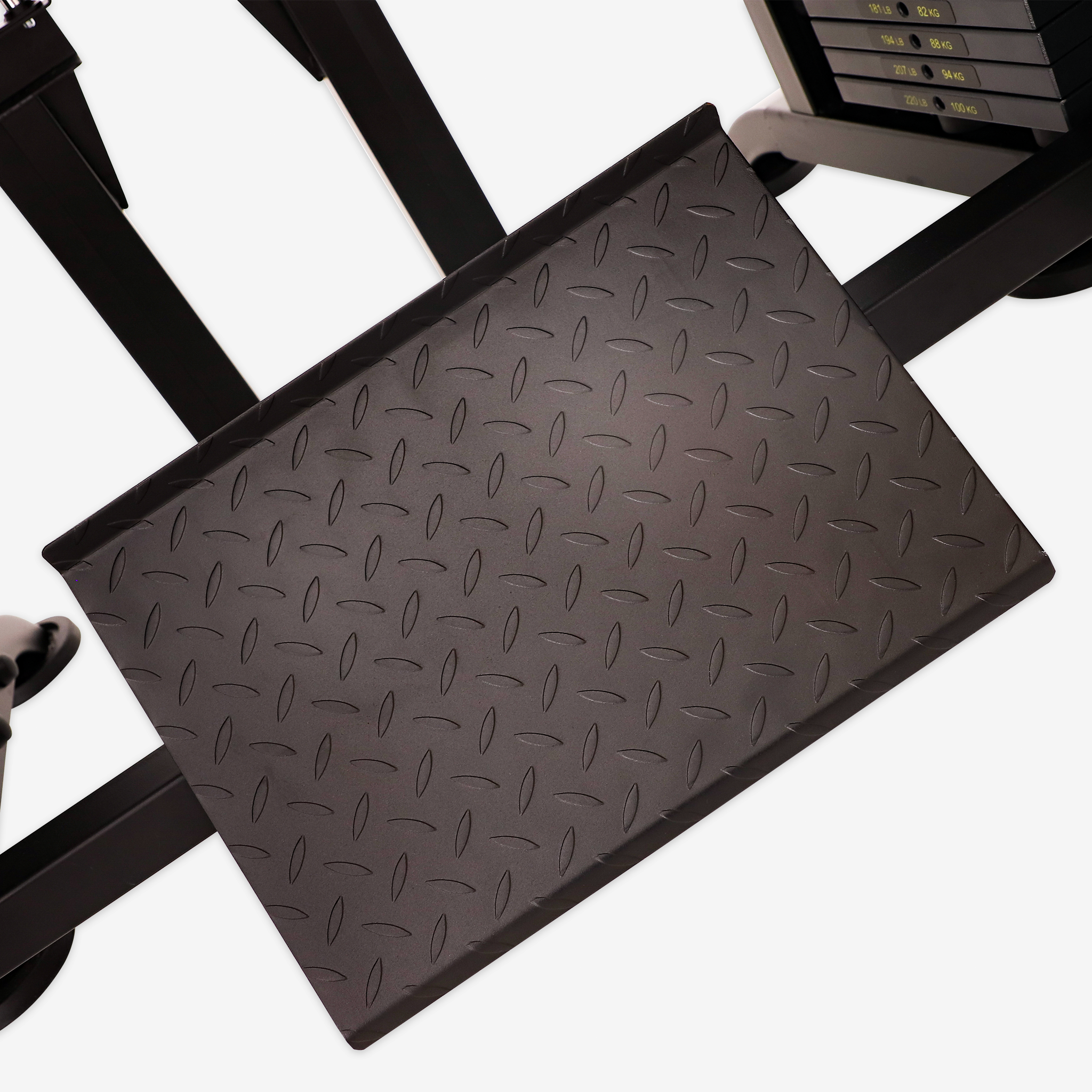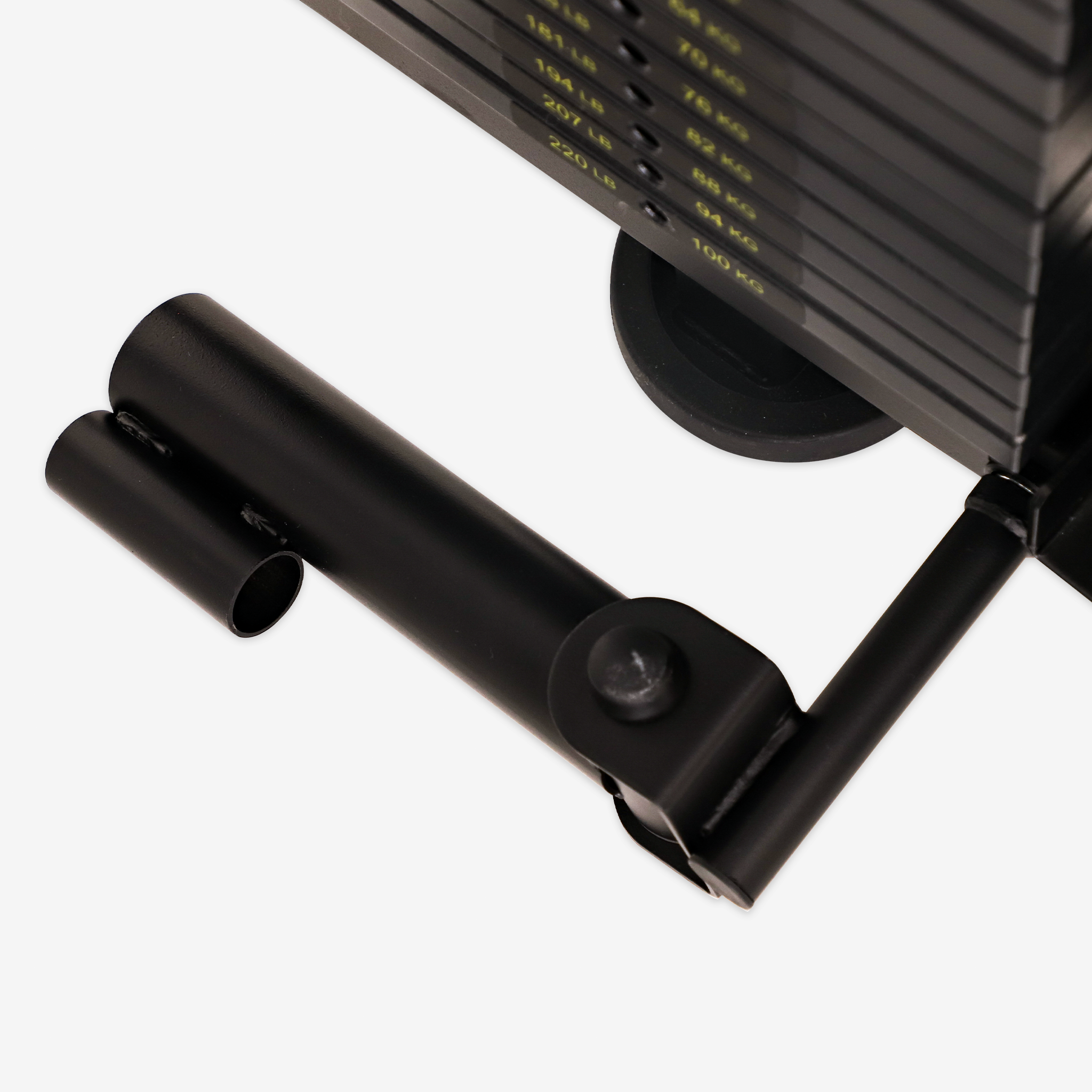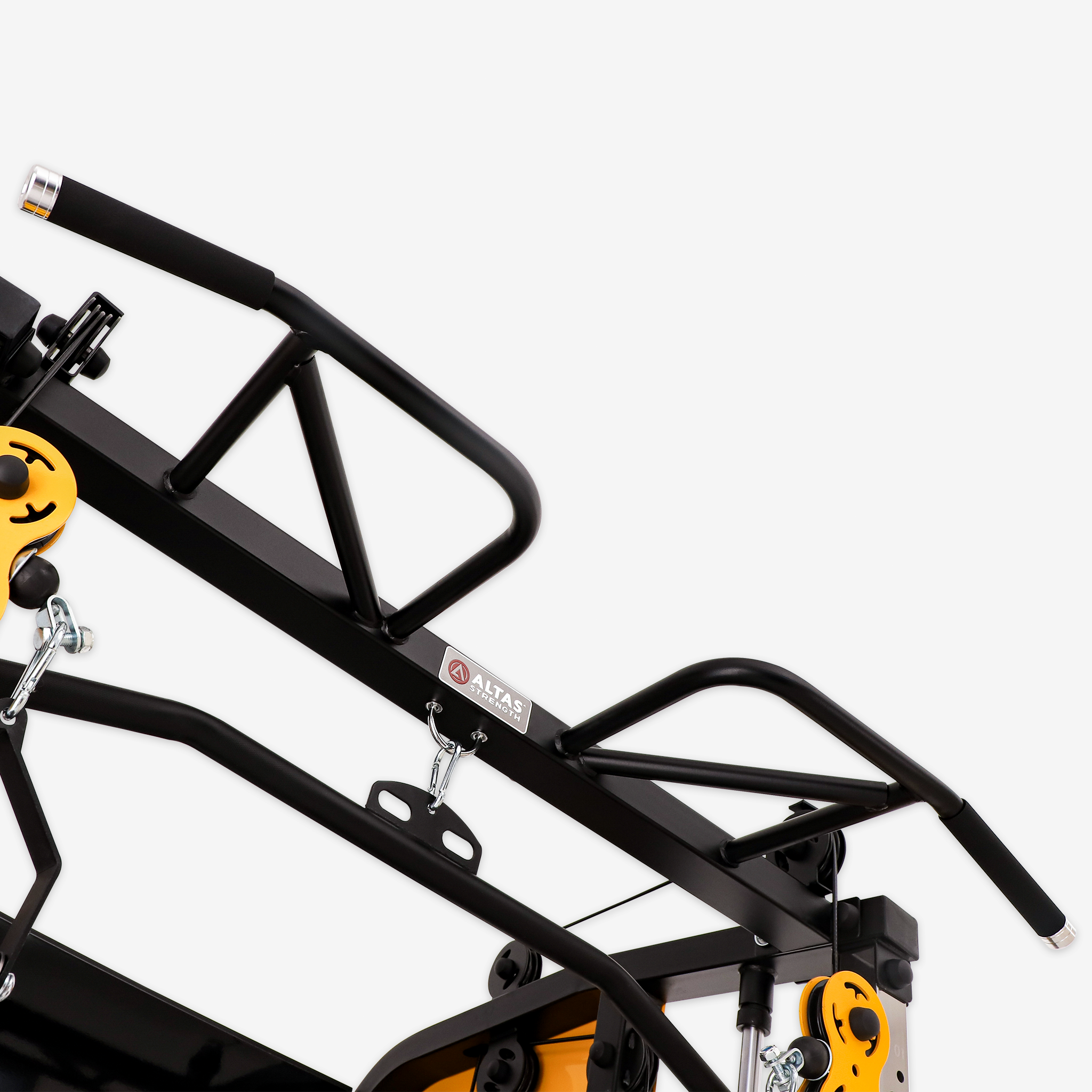Leg curls are a fundamental exercise for targeting the posterior thigh muscles (hamstrings), including the biceps femoris, semitendinosus, and semimembranosus. They are essential for enhancing lower limb strength, improving knee stability, and achieving balanced muscle development, making them a must in both home and gym-based fitness programs.
Primary Muscles Worked
Leg curls primarily target the hamstrings, which are crucial for knee flexion and hip extension. Secondary muscles engaged include the gluteus maximus, calves, and core stabilizers. This combination ensures controlled movement, proper posture, and effective posterior chain activation during each repetition.
Key Benefits of Leg Curls
Enhancing Lower Limb Strength and Power
Strong hamstrings improve performance in compound movements like squats and deadlifts. Research shows that seated leg curls provide significant hypertrophy benefits to the long head of the biceps femoris, optimizing muscle growth.
Balancing Muscle Development
Focusing on hamstrings prevents “quadriceps dominance,” reducing the risk of knee instability and promoting symmetric lower body strength.
Improving Knee Stability and Preventing Injuries
Leg curls strengthen hamstrings to control knee flexion and extension, lowering the risk of ACL injuries and aiding knee rehabilitation.
Boosting Athletic Performance
Leg curls enhance explosive power for running, cycling, jumping, and other dynamic movements. They also improve hip mobility and posture control, benefiting everyday activities like climbing stairs or lifting.
Promoting Flexibility and Metabolic Health
Full-range leg curls improve hamstring flexibility and reduce stiffness, while multi-joint variants can increase metabolic rate, aiding fat loss and overall body composition.
Training Recommendations
-
Hypertrophy: Seated or prone leg curls, 3–4 sets of 8–12 reps. Maintain controlled motion, avoid hip swinging.
-
Strength: Weighted prone curls, 4–5 sets of 4–6 reps. Focus on slow, controlled movements with heavier loads.
-
Rehabilitation/Stability: Standing curls or resistance band curls, 2–3 sets of 12–15 reps. Use light weight and slow tempo to ensure knee control.
-
Flexibility: Prone or seated curls, 2–3 sets of 15–20 reps. Perform full range of motion and pause for mild stretch at the end.
Common Mistakes: Avoid lifting hips off the pad, pointing toes incorrectly, or performing rapid reps. Core engagement, slight toe elevation, and controlled eccentric phase are critical.
Integration with Other Lower Limb Exercises
Leg curls are most effective when combined with other posterior chain exercises:
-
Before squats: Activate hamstrings to stabilize the squat.
-
With deadlifts and hip thrusts: Target hamstrings and glutes for balanced posterior development.
-
Alternative exercises: Nordic curls, Swiss ball leg curls, and Romanian deadlifts offer similar benefits when machines are unavailable.
Conclusion
Leg curls, though single-joint movements, play an irreplaceable role in building lower limb strength, promoting muscle balance, enhancing knee stability, and improving athletic performance. Incorporating leg curls into your weekly training plan ensures comprehensive, functional, and safe lower limb development.

